Every Autumn is Different, But Some Progressions Remain Constant
We can feel it. Duck season approaches, and our long national nightmare will soon pass.
When that opening bell rings, life will take a familiar turn: early mornings, chilly boat rides, brilliant sunrises, muddy dogs and fresh protein. Yet even during duck season, nothing stays the same. Instead, we pass through several stages, each of which are distinct and help complete the annual experience.
In that spirit, here's one hunter's list of the five stages of duck season.
Click here for more Realtree waterfowl hunting content. And check us out on Facebook.
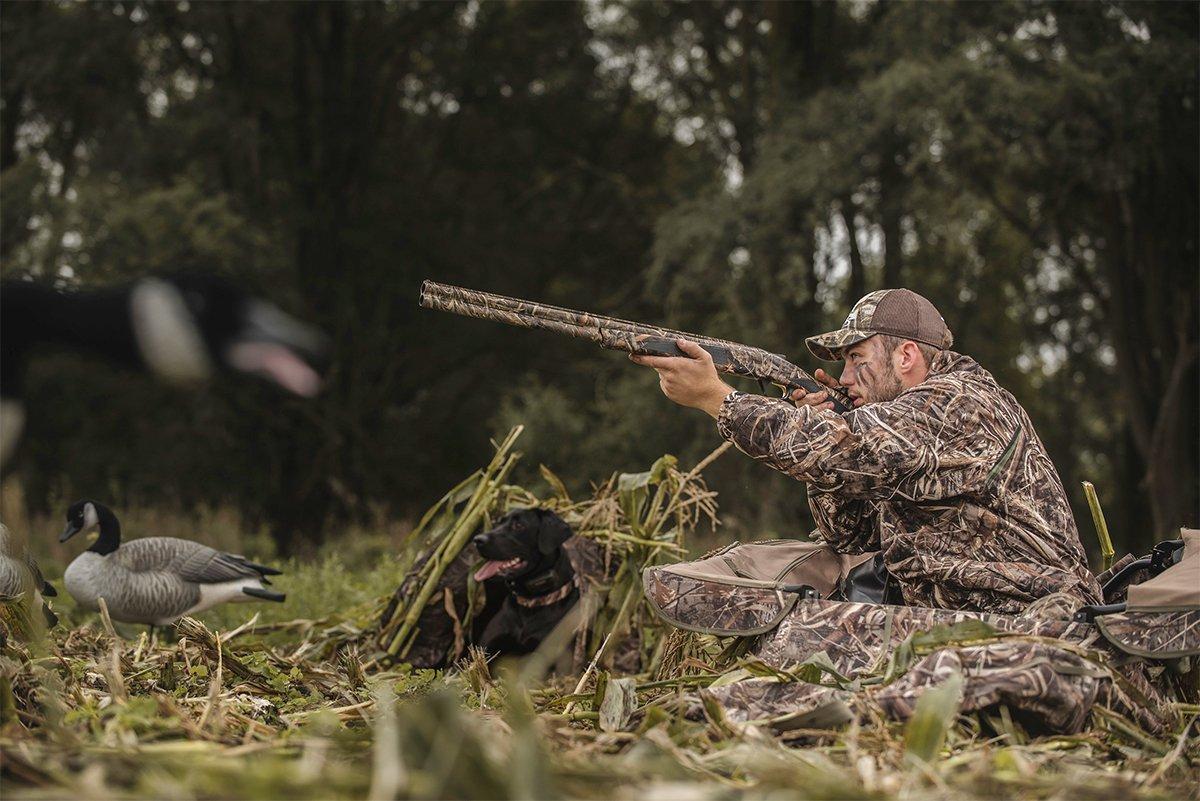
The marsh or fields seem fresh and new, and every decoying bird quickens your heartbeat and thrills your senses, as if you've never experienced it. If you hunt in the North, the early season means lots of action on locally produced birdsmany of which haven't been shot at. Farther south, the first hunts often involve migrants that have trickled in and become comfortable in their temporary environs. Either way, action can be hot and heavy, and all is right with the world.
Photo © Craig Watson
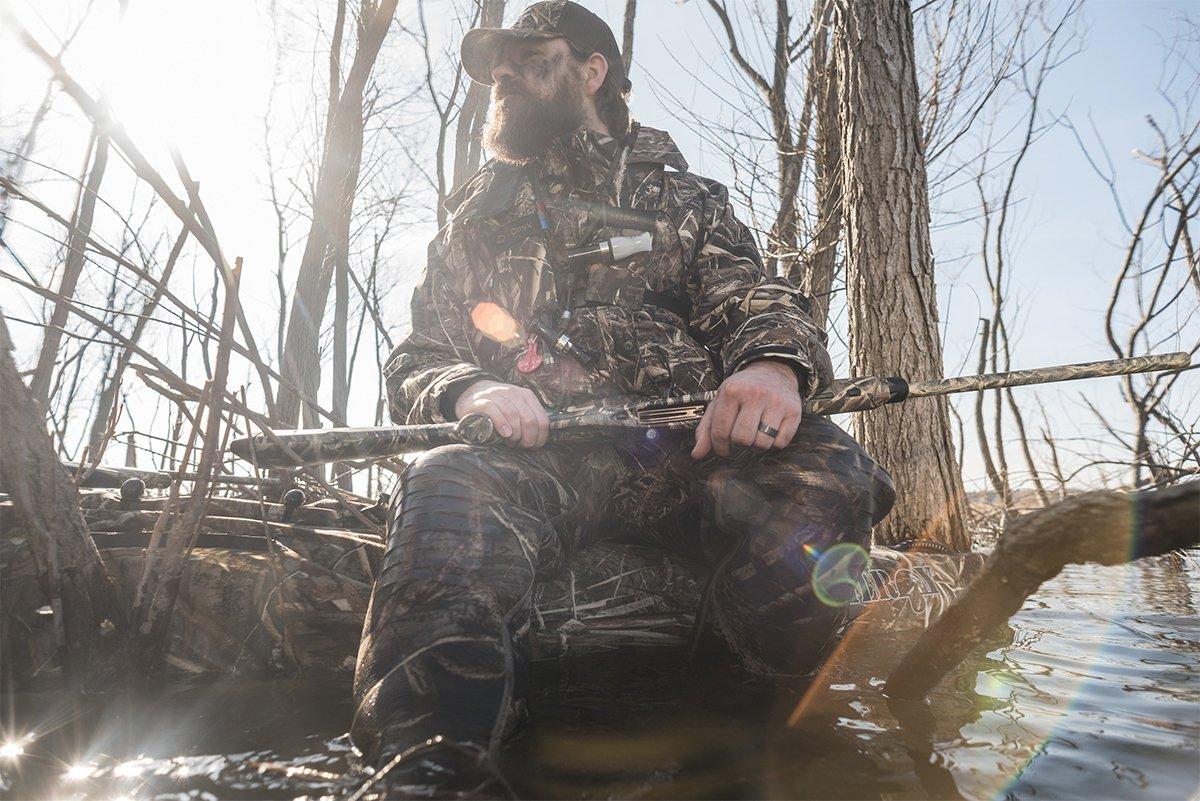
Whether you're chasing local wood ducks in Minnesota or the first gadwall in Arkansas, those early birds eventually catch on and refuse to run a gauntlet of steel every morning. And unless weather or photoperiodism moves more birds into your area, you'll slip into the dreaded doldrums.
Oh, you can still shoot ducks, but you'll have to work harder and be smarter, and limits won't come easily. Frustration might sink in, but don't despair. Ducks migrate ‚ it's in their nature. Eventually, conditions willing, fresh birds will arrive, and you'll soon forget this slow period.
Photo © Craig Watson
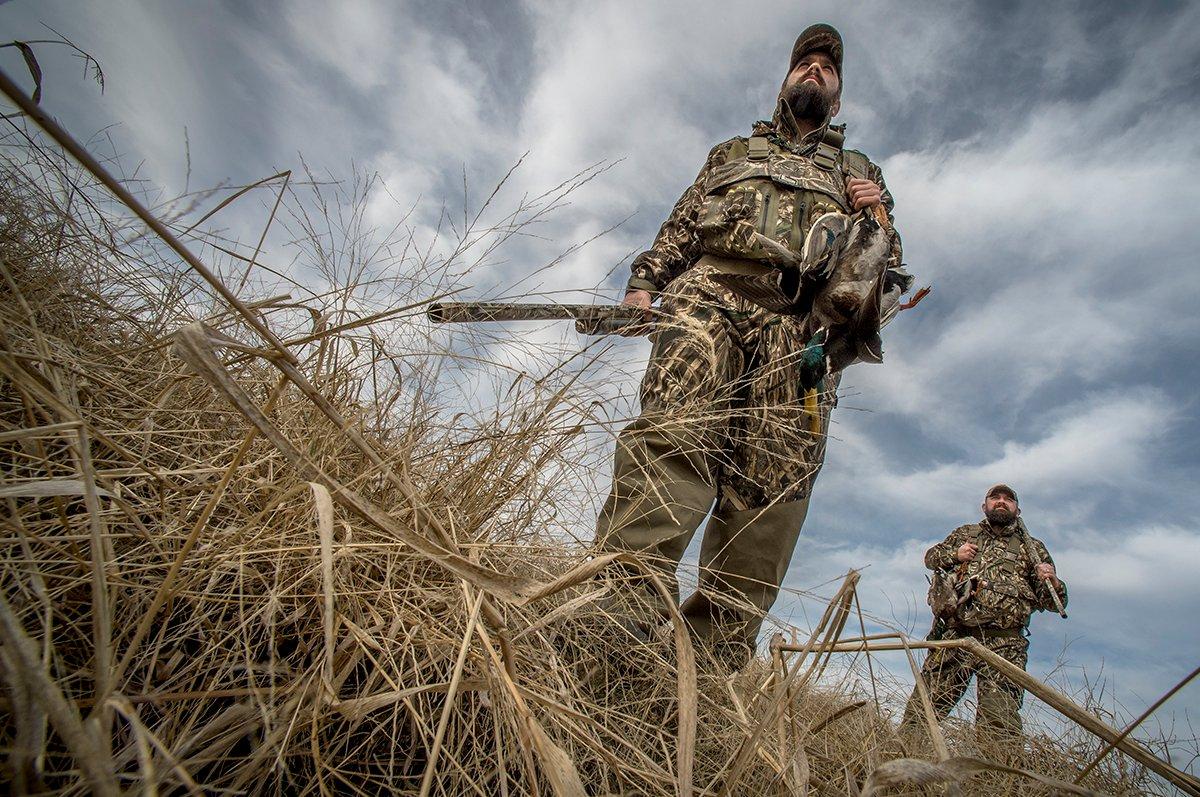
Frequent fronts and cold temperatures have brought many migrants into your area, whether that means early-November canvasbacks on the Upper Mississippi River or fat January greenheads in Arkansas. You've waited a year for this peak action, and it's time to take advantage. Bring extra shells. Hunt whenever possible. Remember a camera to record all those full straps. You'll talk about this all-too-brief time all winter.
Photo © Bill Konway
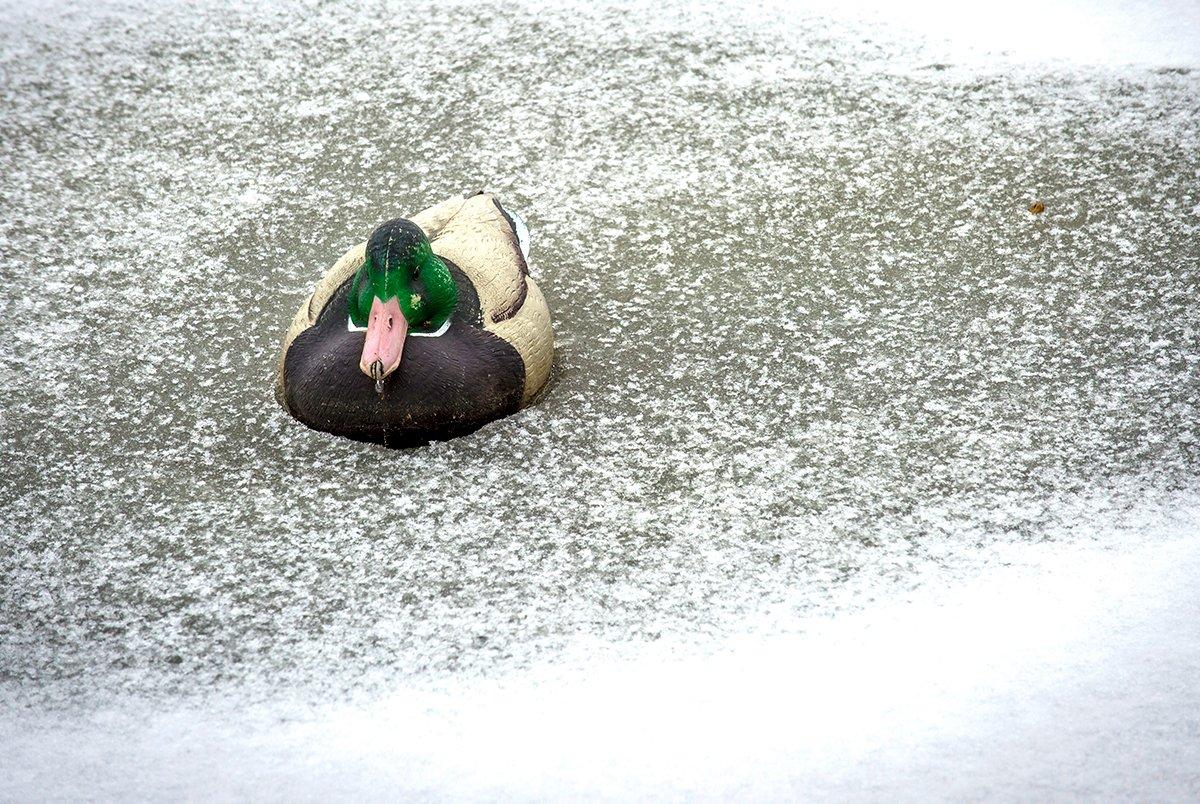
Only days remain in the season, and although you need rest, you're determined to take advantage of any time left. Conditions can be brutal. In the North, many waters have frozen, and only hardy goldeneyes, mallards, honkers and black ducks remain. Down South, ice can hamper hunting efforts, but the weather or even early returning northbound migrants can equal great action. Either way, your course is clear: Hunt now, because you won't be able to soon.
Photo © Bill Konway
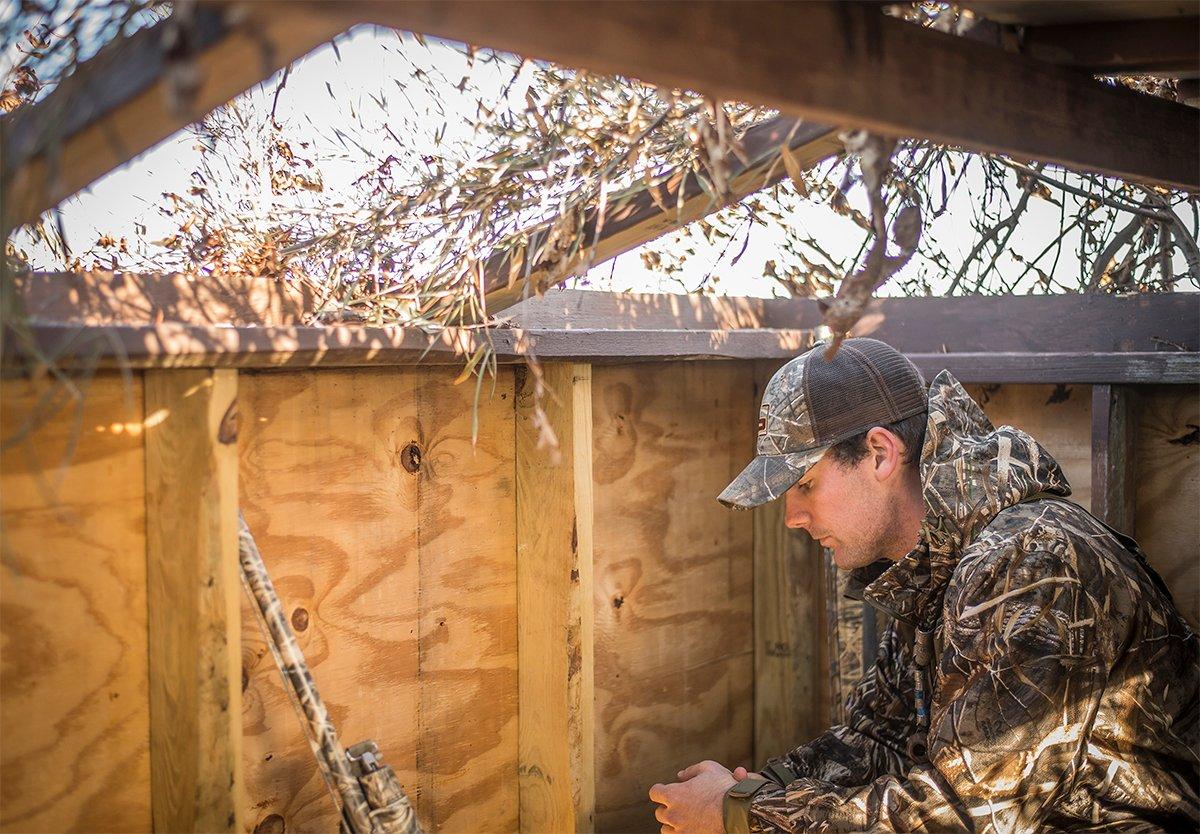
It's finished. No more wet retrievers and muddy guns. To enjoy a duck dinner, you must take frozen birds out of the freezer. The off-season has arrived.
Wait ‚ what about conservation-order seasons for light geese? You have some vacation time left, right? Dude, get out there and chase those snows and blues from Arkansas up through the Dakotas. You can catch up on work in May. And by then, the next duck season will only be a few months away.
Photo © Bill Konway






